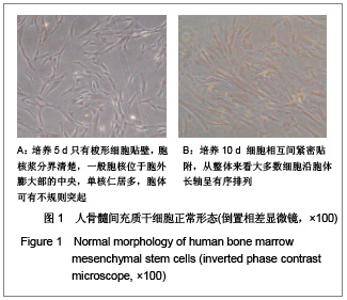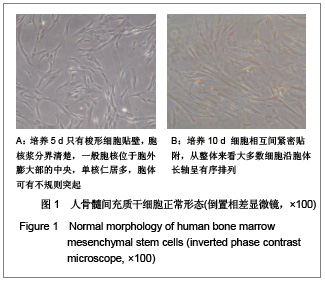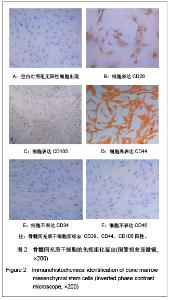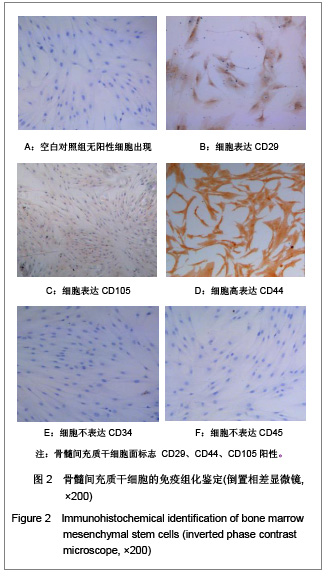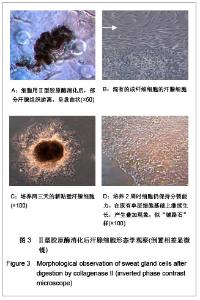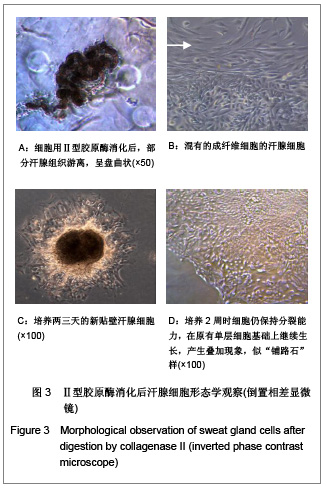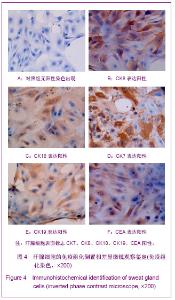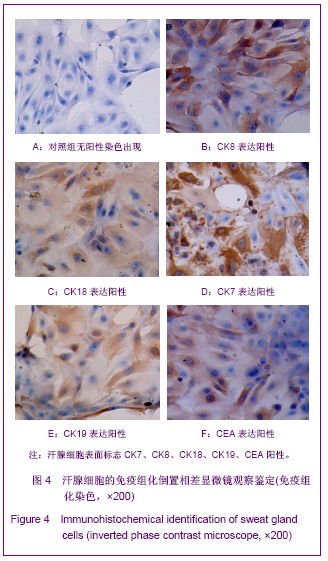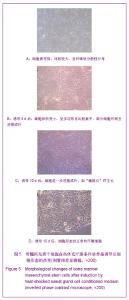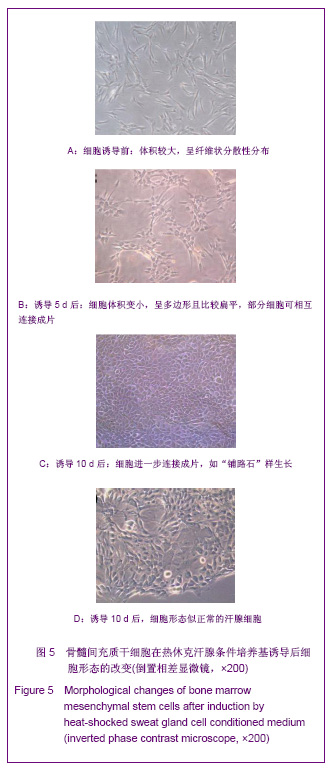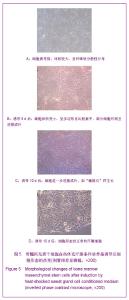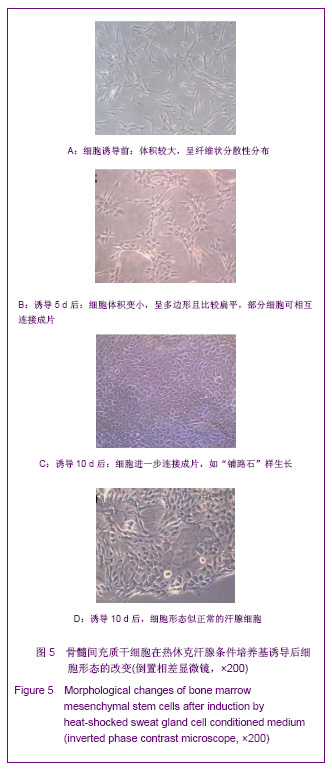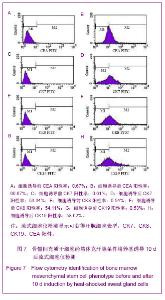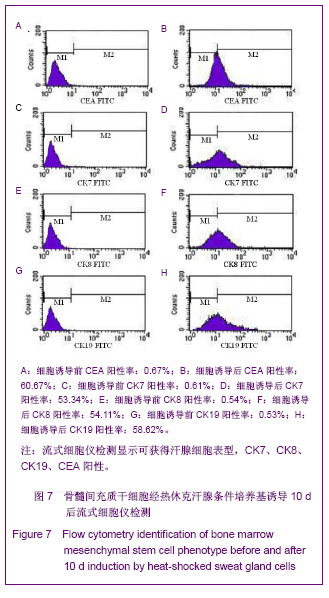| [1] Bosnakovski D, Mizuno M, Kin G, et al. Isolation and multilineag differentiation of bovine bone marrow mesenchymal stem cells. Cell Tissue Res. 2005;319(2): 243-253. [2] Nerm C, Wolff L, Macas J, et al.Fusion of Hematopoietic Cells with Purkinje Neurons Does Not Lead to Stable Heterokaryon Formation under Noninvasive Conditions J. Neurosci. 2009; 29(12):3799-3807. [3] Wang G, Bunnell BA, Painter RG, et al. Adult stem cells from bone marrow stroma differentiate into airway epithelial cells: potential therapy for cystic fibrosis. Proc Natl Acad Sci U S A. 2005;102(1):186-191. [4] Deng W, Han Q, Liao L, et al. Engrafted bone marrow-derived flk-(1+) mesenchymal stem cells regenerate skin tissue. Tissue Eng. 2005;11(1-2):110-119.[5] Silva GV, Litovsky S, Assad JA, et al. Mesenchymal stem cells differentiate into an endothelial phenotype, enhance vascular density, and improve heart function in a canine chronic ischemia model. Circulation. 2005;111(2):150-156.[6] Pispa J, Pummila M, Barker PA, et al. Edar and Troy signalling pathways act redundantly to regulate initiation of hair follicle development. Hum Mol Genet. 2008;17(21): 3380-3391.[7] Silva GV, Litovsky S, Assad JA, et al. Mesenchymal stem cells differentiate into an endothelial phenotype, enhance vascular density, and improve heart function in a canine chronic ischemia model. Circulation. 2005;111(2):150-156.[8] Badiavas EV, Abedi M, Butmarc J, et al. Participation of bone marrow derived cells in cutaneous wound healing. Cell Physiol. 2003;196(2):245-250.[9] Kataoka K, Medina RJ, Kageyama T, et al. Participation of adult mouse bone marrow cells in reconstitution of skin. Am J Pathol.2003;163(4):1227-1231.[10] Fu XB, Sun TZ, Li XK, et al. Morphological and distribution characteristics of sweat glands in hypertrophic scar and their possible effects on sweat gland regeneration. Chin Med J (Engl).2005;118(3):186-191.[11] Fathke C, Wilson L, Hutter J, et al. Contribution of bone marrow-derived cells to skin: collagen deposition and wound repair. Stem Cells. 2004;22(5):812-822.[12] Xiong Q, Feng J, Wang J. Jiefangjun Disan Junyi Daxue Xuebao. 2011;33(8):804-808. 熊全,冯吉,王军,等. 3种不同途径移植骨髓间充质干细胞治疗肝硬化模型大鼠的效果比较[J].解放军第三军医大学学报,2011, 33(8):804-808.[13] Zou Z, Zhang Y, Hao L, et al. More insight into mesenchymal stem cells and their effects inside the body. Expert Opin Biol Ther. 2010;10(2):215-230.[14] Tiede S, Kloepper JE, Ernst N, et al. Nestin in human skin: exclusive expression in intramesenchymal skin compartments and regulation by leptin.J Invest Dermatol. 2009;129(11): 2711-2720. [15] Zeng B,Chen H,Zhu C,et al.Effects of combined mesenchymal stem cells and heme oxygenase-1 therapy on cardiac performance. Eur J Cardiothorac Surg. 2008;34(4): 850-856.[16] Li Z, Guo X, Palmer AF, et al. High-efficiency matrix modulus-induced cardiac differentiation of human mesenchymal stem cells inside a thermosensitive hydrogel. Acta Biomater. 2012;8(10):3586-3595.[17] Fang ZQ,Liu YL,Wang XG, et al. hBMP-7-modified bone marrow mesenchymal stem cells attenuate kidney ischemia-reperfusion injury in rabbits. Journal of Third Military Medical University. 2011;33(15):1590-1593. |
